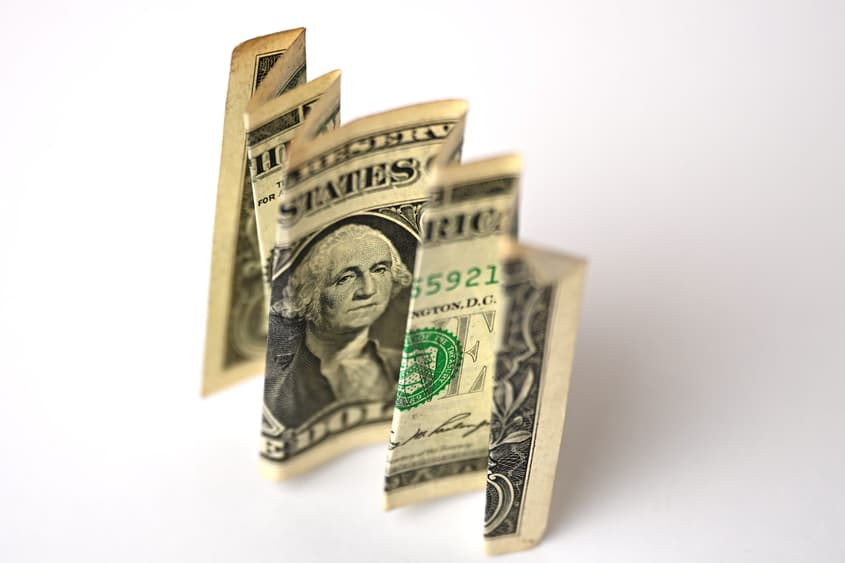If things get worse and the US economy falls into a recession, it is possible that it will have a more significant impact on our economy.
Thu 18 Sep 2025 09.00

Photo: AAP Image/Lukas Coch
The Federal Reserve (the central bank in the US) cut interest rates by 25 basis points overnight. That might sound like good news for people in the United States, but it actually highlights a worrying problem.
The US economy is facing rising inflation and unemployment. Inflation has increased from 2.3% in April to 2.9% in August. At the same time unemployment has hit a 4 year high of 4.3%, with the growth in new jobs slowing substantially in the last 4 months.
Increasing inflation and unemployment is called stagflation, and it is a central banks worst nightmare. Why? Because usually when inflation is high unemployment is low and when unemployment is high inflation is low.
This means that the Federal Reserve usually fights either inflation or unemployment, not both at the same time.
To combat high inflation the central bank increases interest rates. This slows price increases (inflation) by slowing the economy and increasing unemployment. Usually unemployment is already low, so this is not a problem.
When unemployment is high, the central bank does the opposite, it decreases interest rates to increase economic growth. This stimulates more employment, bringing unemployment down, but a faster growing economy can also increase prices. But again, this is not a problem because inflation is usually low.
If both unemployment and inflation are high, what should a central bank do? Increasing interest rates might make unemployment worse. Decreasing them might make inflation worse.
By cutting interest rates, the Federal Reserve has decided the threat of high unemployment is a bigger problem than the threat of inflation.
The US economy is facing stagflation because the economy is both slowing down and facing price rises because of President Trump’s tariffs. Despite what Trump says, his tariffs are paid by US consumers through higher prices.
As the impact of his tariffs slowly makes its way through the US economy, they are pushing up prices and increasing inflation.
At the same time the chaotic nature of how he is implementing the tariffs is creating uncertainty, which is one of the reasons for the slowing economy and increasing unemployment.
The mass firing of public sector workers and the crack down on immigration are also hurting the economy.
The impact is not likely to be large in the immediate future. The higher prices being paid in the US are being driven by tariffs, which Australia does not have to pay. The slowing US economy might impact how much stuff we sell to them but currently the slowdown is not large. The fall in interest rates will also provide some support to the US economy.
If things get worse and the US economy falls into a recession, it is possible that it will have a more significant impact on our economy. Partly because of what we sell to the US but also because we supply raw materials to many countries that then sell those products onto the US.
For the time being we can sit back, relax, and be thankful we’re not on the Federal Reserve trying to navigate all the chaos of the US economy.
